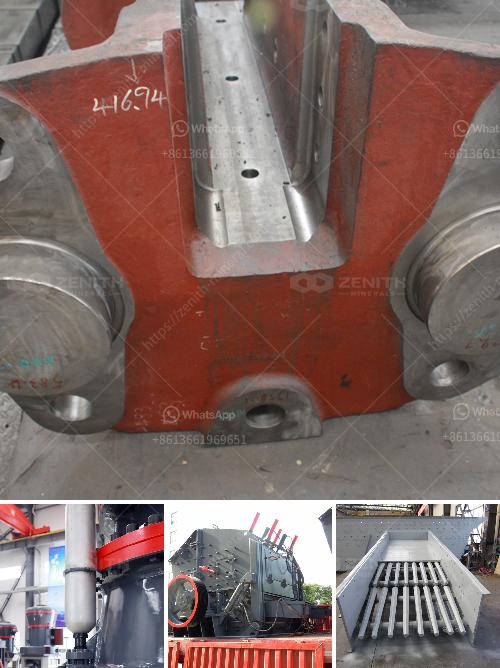Moving a mobile screen crusher involves several steps and considerations to ensure safety and efficiency. Here’s a detailed guide on how to move a mobile screen crusher:
1. Preparation
a. Site Assessment
- Terrain Analysis: Evaluate the terrain where the crusher will be moved. Ensure it is stable and can support the weight of the equipment.
- Obstacles: Identify and clear any obstacles such as rocks, debris, or other equipment that might hinder the movement.
b. Equipment Check
- Inspection: Conduct a thorough inspection of the mobile screen crusher. Check for any loose parts, leaks, or other issues that might affect its mobility.
- Fuel and Fluids: Ensure that the crusher has sufficient fuel and that all necessary fluids (hydraulic, coolant, etc.) are at appropriate levels.
2. Safety Measures
a. Personnel Safety
- Training: Ensure that all personnel involved in the move are properly trained and aware of their roles.
- Protective Gear: Equip all personnel with appropriate personal protective equipment (PPE) such as helmets, gloves, and safety boots.
b. Equipment Safety
- Stabilization: Use stabilizers or outriggers if the crusher is equipped with them to prevent tipping during movement.
- Locking Mechanisms: Engage any locking mechanisms to secure parts of the crusher that might move during transport.
3. Movement Process
a. Initial Positioning
- Alignment: Position the mobile screen crusher in a straight line with the intended path of movement.
- Ground Clearance: Ensure that the crusher has adequate ground clearance to avoid damage to the undercarriage.
b. Transport Method
- Self-Propelled Movement: If the crusher is self-propelled, use the onboard controls to move it. Operate at a slow and steady pace to maintain control.
- Towing: If the crusher needs to be towed, attach it securely to a suitable towing vehicle. Use heavy-duty chains or tow bars designed for the weight of the crusher.
4. During Movement
a. Monitoring
- Constant Vigilance: Continuously monitor the crusher and the surrounding area for any signs of instability or obstacles.
- Communication: Maintain clear communication between all personnel involved in the move. Use hand signals or radios as necessary.
b. Adjustments
- Speed Control: Adjust the speed according to the terrain and conditions. Avoid sudden starts or stops that could cause instability.
- Path Corrections: Make minor adjustments to the path as needed to avoid obstacles or navigate difficult terrain.
5. Post-Movement Procedures
a. Positioning
- Final Placement: Once the crusher reaches its destination, position it accurately according to the operational requirements.
- Stabilization: Engage stabilizers or outriggers to secure the crusher in place.
b. Inspection
- Post-Move Check: Conduct a thorough inspection of the crusher to ensure that no damage occurred during the move.
- Operational Readiness: Check all systems to ensure the crusher is ready for operation.
Conclusion
Moving a mobile screen crusher requires careful planning, thorough preparation, and strict adherence to safety protocols. By following these detailed steps, you can ensure a smooth and safe relocation of the equipment. Always refer to the manufacturer’s guidelines and consult with experienced personnel to address any specific challenges that may arise during the move.

